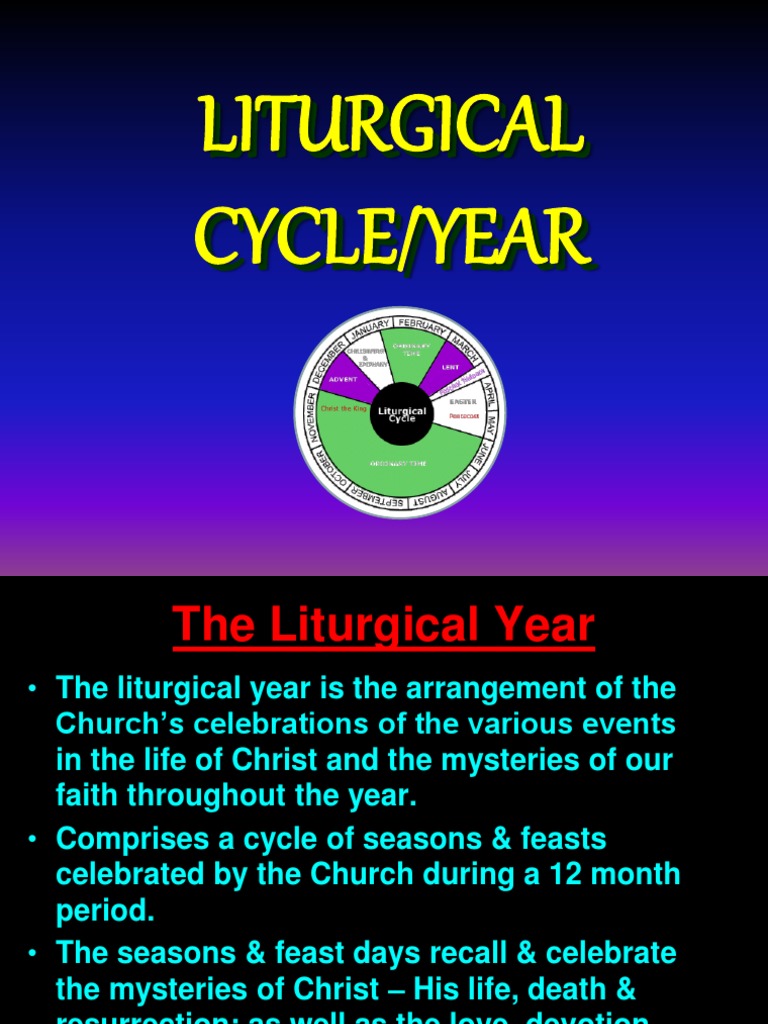In the grand tapestry of the Christian liturgical calendar, few celebrations evoke as much intrigue and anticipation as Easter. The perennial question arises: “What month is Easter Day?” While for many, Easter symbolizes resurrection and renewal, it also presents a unique puzzle of its own. In this article, we will delve into Easter’s date variability, its significance within the liturgical year, and the overarching themes that shepherd the faithful throughout the ecclesiastical calendar.
The timing of Easter is far from arbitrary. Unlike many holidays fixed to the Gregorian calendar, Easter Sunday is a moveable feast, weaving between March 22 and April 25. This annual pilgrimage of dates can be attributed to its dependence on the lunar calendar. It is established as the first Sunday following the first full moon occurring on or after the vernal equinox. Thus, Easter dances to the rhythm of both solar cycles and lunar phases, creating an amalgamation of ancient traditions and scriptural events.
As one contemplates what month Easter lands in, it is crucial to acknowledge that this celebration is intrinsically linked to the Passion of Christ. The events leading up to Easter unfold through Lent, a solemn season of introspection and penitence lasting for 40 days, marking the period from Ash Wednesday to Holy Saturday. Yet, it is not merely a countdown to a single glorious Sunday; rather, it invites a transformative journey that prompts believers to engage deeply with the narrative of Christ’s sacrifice and triumphant resurrection.
This leads us to ponder a key aspect of the liturgical calendar: what role does each month play in the spiritual journey of a Christian? While Easter may be the pinnacle, the months preceding and succeeding it are laden with their own significance and purpose.
January blooms with the New Year, a time for reflection and resolutions, but it also heralds the Feast of the Epiphany, a window into the revelation of Christ to the Gentiles. February invites believers to prepare their minds and hearts for the Lenten season. The notion of sacrifice and reflection takes center stage during this time, teasing the profound mysteries that lie ahead.
As we transition into March, the church engages in a period of reflective waiting, in anticipation of Easter and its resurrection promise. Ash Wednesday marks the commencement of Lent, a time during which many Christians choose to engage in acts of fasting, prayer, and almsgiving. This preparation serves both as a means of penance and spiritual rejuvenation.
In April, Easter Sunday bursts forth with jubilant celebration, resonating with the heart of the Christian faith. It is a time when congregations across the globe gather in worship to commemorate Jesus’ resurrection. Festivities often include vibrant hymns, communal meals, and an infusion of spring’s awakenings—highlighting the themes of new life and hope. Families engage in age-old traditions, from decorating eggs to joyfully sharing messages of goodwill and resurrection joy.
Following Easter, the season of Eastertide unfolds. Lasting for a full 50 days, it culminates in Pentecost, which celebrates the arrival of the Holy Spirit. This is a period where the joyous news of resurrection intertwines with personal renewal and empowerment, as believers are called to live out the implications of their faith in daily life.
The liturgical calendar not only articulates the rhythm of the Christian year but also embodies the depth and breadth of theological understanding. Each month serves as a vital chapter in the ongoing narrative of salvation history, inviting the faithful into realms of grace, reflection, and communal worship. The calendar extends an invitation to believers to contemplate the intertwined narratives of joy and sorrow, challenges and triumphs, found in the life of Christ.
Yet, it is essential to engage with the inquiry on a more personal level. How do we navigate these months of liturgical significance in our lives? The annual ebb and flow of the Christian calendar challenge us to reflect on where we are on our own spiritual journeys. Are we lost in the hustle and bustle of daily life? Are we pausing long enough to ponder the seasonal marks of faith? As Easter approaches, it encourages believers to confront these thought-provoking questions with intent.
The interplay of ecclesiastical observance and personal spirituality invites a deeper understanding of what it means to be part of the Christian community. It invites believers to communicate their faith narratives to others, sharing the joys, struggles, and reconciliations experienced throughout the liturgical labyrinth. In doing so, one may find a richer appreciation for the significance of Easter and the epiphanies that unfold in each cycle.
So, as Easter approaches, consider the delightful mingling of historical tradition, scriptural truths, and personal reflection that this season invites. Embrace the challenge posed by the questions that emerge from this sacred timeline. Dedicate yourself to truly understanding the heart of Easter, realizing that it extends beyond a single day, existing instead as a continuous invitation to resurrection—both within the Church and within our own lives.
The inquiry into “What month is Easter Day?” thus serves not only to mark a date on the calendar but as a call to engage actively in the life of faith—a perennial journey that invites transformation and renewal as believers walk together in the light of Christ’s resurrection.



